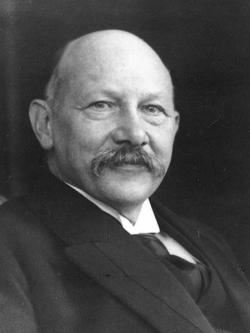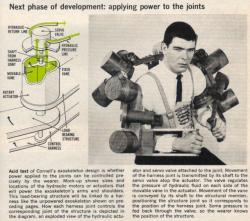On 8 April 1911, Professor Heike Kamerlingh Onnes and his collaborators, Cornelis Dorsman, Gerrit Jan Flim, and Gilles Holst, discovered superconductivity. They observed that the resistance of mercury approached "practically zero" as its temperature was lowered to 3 kelvins. Today, superconductivity makes many electrical technologies possible, including Magnetic Resonance Imaging (MRI) and high-energy particle accelerators.
Research


Tracing its history to the earliest days of powered flight – to the Wright brothers and Glenn Curtiss – the site began as the research laboratory of the Curtiss-Wright Aircraft Company. After World War II, it was donated to Cornell University, and in January 1946 opened its doors as the Cornell Aeronautical Laboratory. Nearly every military aircraft and space vehicle developed in the United States from the end of World War II until the present day has been tested at the facility, now known as Calspan.

Established in 1939 by the National Advisory Committee for Aeronautics (NACA), and named after NACA’s first chairman, Joseph S. Ames, the center has been at the forefront of American, and worldwide, aeronautics research.
Innovations

Established in 1939 by the National Advisory Committee for Aeronautics (NACA), and named after NACA’s first chairman, Joseph S. Ames, the center has been at the forefront of American, and worldwide, aeronautics research. From its earliest days, the center has made noteworthy contributions to the…
Read More
Tracing its history to the earliest days of powered flight – to the Wright brothers and Glenn Curtiss – the site began as the research laboratory of the Curtiss-Wright Aircraft Company. After World War II, it was donated to Cornell University, and in January 1946 opened its doors as the Cornell…
Read More
On 8 April 1911, Professor Heike Kamerlingh Onnes and his collaborators, Cornelis Dorsman, Gerrit Jan Flim, and Gilles Holst, discovered superconductivity. They observed that the resistance of mercury approached "practically zero" as its temperature was lowered to 3 kelvins. Today,…
Read More

